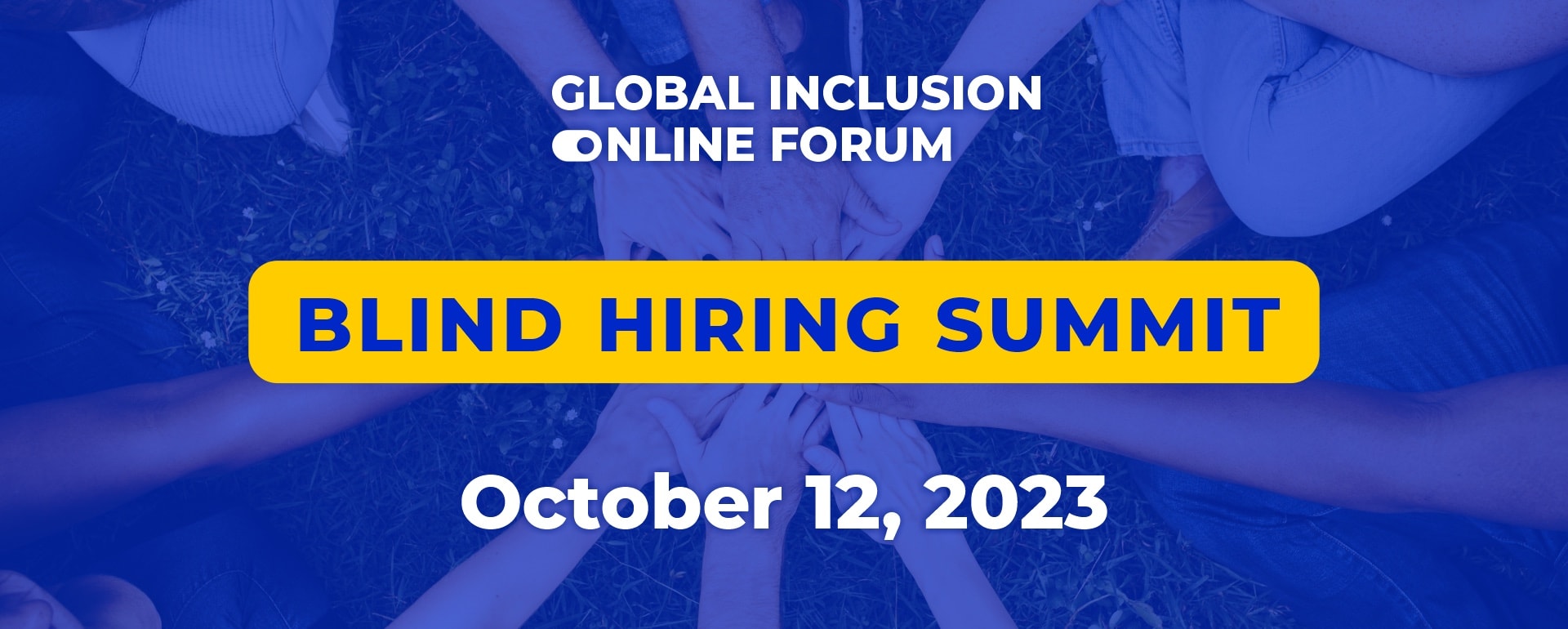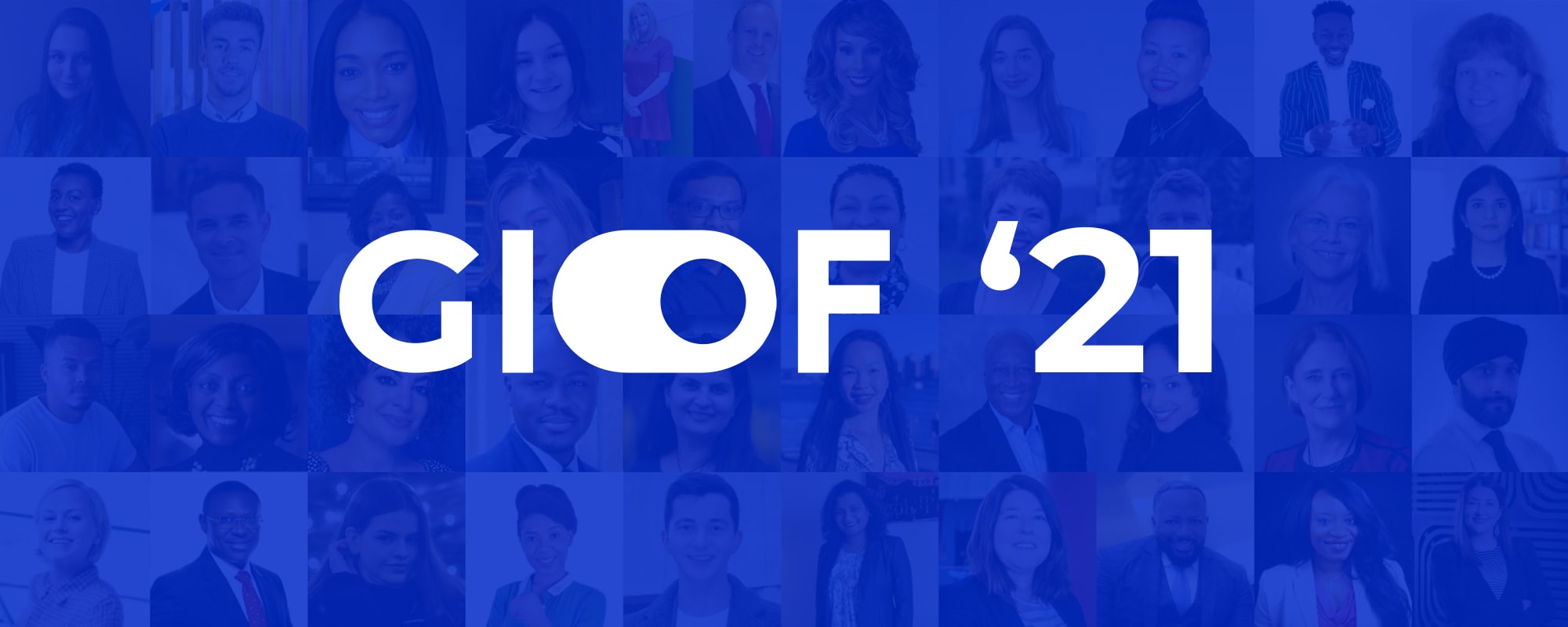Is Blind Hiring Really a Threat to Diversity?

Article by Kostiantyn Gridin,
Global Inclusion Online Forum Big Ideas Officer
Blind hiring methods created to eliminate personal biases from the recruiting and hiring process are nothing new. For example, for decades orchestras have auditioned their musicians “behind the curtain” in order to judge their performance on quality alone. In the corporate world, however, blind hiring still generates more fears and concerns than excitement.
For large corporations where we often hear both majority and minority complain about unfair and untransparent hiring policies, hesitancy towards blind hiring seems a bit illogical. Why such reluctance? Whenever a new “magic pill” comes to the pharmacies, everyone is afraid of trying it first, waiting to see what others say after testing it for negative side effects.
But the situation with blind hiring is more complicated. In addition to rational concerns about being the corporate guinea pig, blind hiring touches some subconscious fears and insecurities that many senior executives and hiring managers have.
If we tried to describe them in one phrase, it would be: “What if I don't like the person visually?” That is the main fear I had myself when launching the world’s first fully blind hiring experiment. Though we all claim that we look only at skills and qualifications while hiring, in reality candidate appearances matter more than anyone dares to admit.
Science has a vivid explanation for this. There is a law of similarity attraction in psychology that has been proven by multiple studies like this one in the corporate and organizational settings. As human beings, we tend to surround ourselves with people who are like us in terms of gender, age, race, and hobbies and activities, which are likely to create foundations for mutual cooperation. That’s why before diversity policies were on the table, most leaders had no reservations surrounding themselves with people of the same age, gender and even appearance.
Now that the diversity concept has become embedded in many organizations, decision makers are pushed to fight their natural reactions and instead choose to work with people who are different.
Many companies who are actively implementing diversity policies have mandatory unconscious bias training for their managers. The problem with that training is there is absolutely no guarantee that all of an individual’s unconscious biases can be discovered and mastered within one or two training sessions. In reality, it may take years or even decades.
That being said, every hiring decision a manager makes becomes an inner battle of discovered and undiscovered unconscious biases, natural “gut feelings,” similarity attractions, and conscious biases created by corporate policies. You may never know who wins that battle and how those decisions may affect the company’s business.
In addition to similarity attraction, which applies to people who look and act like us, there is also a physical attractiveness factor which applies to people who simply look attractive as human beings—tall, handsome and physically strong men, or beautiful and shapely women. According to research, these people have higher chances of being hired, which is not always fair.
Blind hiring technologies, especially when used within a fully blind hiring process, help companies overcome both similarity attraction and physical attractiveness factors without any training, once and forever. Through blind resumes and video interviews, hiring managers can end distractions based on candidates’ hobbies and appearances. Managers are less likely to analyze candidates through the lens of their unconscious biases, instead simply choosing the best qualified applicant for the role.
Isn’t this not the dream come true for diversity advocates who have complained about systemic biases that prevent organizations from having a more diverse workforce?
One would think so. A potential problem for diversity officers is that by using this method they will not be able to predict the outcome, i.e., the racial, gender and other demographic composition of the company’s workforce. In companies where diversity goals like gender and racial representation are still key metrics of DEI and HR functions, executives may treat blind hiring as poison rather than a magic pill.
This is where senior leaders must actively engage. If financial performance and operational efficiency are their key performance indicators (KPIs), executives’ natural interest in having the best people in every role may prevail over the need for their workforce to reach some specific demographic composition. These leaders can reprioritize the work of chief human resource officers and chief diversity officers by setting talent quality, employee satisfaction, and retention as KPIs as opposed to racial or gender diversity.
Once such a decision is made, companies may not reach their previously announced diversity goals; however, they are likely to create some surprising and unexpected diversity metrics as a consequence. By applying the blind hiring method consistently, corporations can fill new roles with people of different ages, abilities, and educational and working backgrounds.
More importantly, fully blind hiring has the foundations to create a new level of corporate culture built on the spirit of meritocracy, with more equal treatment and better collaboration. For leaders who put fair competition, profitability and best talent on a pedestal, this magic pill should not be so intimidating.
To learn more about blind hiring, attend our first global Blind Hiring Summit on October 12. See you there!

 Blind Hiring Summit: Embracing the New Age of HR
Blind Hiring Summit: Embracing the New Age of HR DEI Data Summit
DEI Data Summit Diversity Fatigue Summit
Diversity Fatigue Summit GIOF 2022 Annual Meeting
GIOF 2022 Annual Meeting Banking for everyone: Arising accessibility trends in banking and financial services
Banking for everyone: Arising accessibility trends in banking and financial services GIOF 2021
GIOF 2021 GIOF 2020
GIOF 2020